Sales are not profit
Many business owners experience cash flow problems because they fail to really understand the true profit they’re making. Three common mistakes are:
1. Sales are NOT profit
The first mistake that people new to business make is assuming that sales equal profit, but there is a very clear distinction between them.
Let’s assume sales are going well in your new business and your happy to making a profit… except it may not be profit. Your profit is actually what is left after ALL your costs have been deducted from sales. If you haven’t calculated your selling prices correctly, the danger is that your business might seem to be thriving when it is in fact operating at a loss or at very little profit.
The main point here is: NEVER set a selling price or tender a price for a job until you know ALL the costs involved.
There are two types of business costs. Variable costs are those that vary with production levels. They include the cost of raw materials or stock and the direct labour costs of producing the goods or supplying a service.
Fixed costs, also known as overheads, are those which do not change regardless of production levels – for example, rent or mortgage, phones and Internet, utilities, vehicles, loans and leases and other office costs. You need to factor these costs into your pricing.
When you start a business, it’s important to get your pricing and job costing checked by an experienced accountant or financial adviser, because they may well identify costs that you have overlooked.
2. Markup is NOT profit margin
Once you have calculated all your costs, you must include the profit margin you need to sustain the business. This leads on to the second profit mistake.
Many business owners assume that if they intend to make, say, a 20% profit, they can simply add 20% on to the cost of a product or service. So if the item or service costs them $100, they add on 20%, making the selling price $120. They assume this will give them their desired profit margin of 20%.
Markup is not the same as profit margin. In this case, the owner may assume the business is making a 20% profit, but the profit on the actual sales price is only 16.67%. You can use this formula to work out profit margin:
price – cost x 100
price
So while the owner assumes the business is making 20% on all sales, the selling price is actually giving away 3.3% of the expected profit.
The gap between markup and profit margin keeps widening as required margins get higher. If you want to make a 50% profit margin on an item that costs $100, the correct selling price would have to be $200, since 50% of $200 is $100.
If you had instead simply added a 50% markup to the cost price of $100, the selling price would have been set at $150. Apply the formula above and the profit margin works out to be only 33.3%. The mistake of using markup to achieve your desired ‘profit margin’ would have meant giving away nearly 17% of profit margin. You can see how dangerous this mistake can be to a business.
The point is to check your profit margins are really what you want them to be. Decide what minimum acceptable profit margin you need to sustain your business, and then get help if necessary from your financial adviser to check that your selling price will actually deliver the required profit margin.
3. Profit is NOT your salary
Many new business owners assume any surplus profit is what they should take out of the business as their salary. But profit has other purposes than providing a salary.
Your salary should instead be included as part of business costs, so profit more accurately becomes any surplus money left over after you have taken your salary and paid all other costs (including tax).
All businesses need profit and its purpose is to sustain and grow.
Of course, it may take some time for a start-up business to reach the break even point and start making a profit. During this time you may not be able to draw much money from the business. Being thrifty during this period is a common necessity for start-up owners.
[/one_third]



